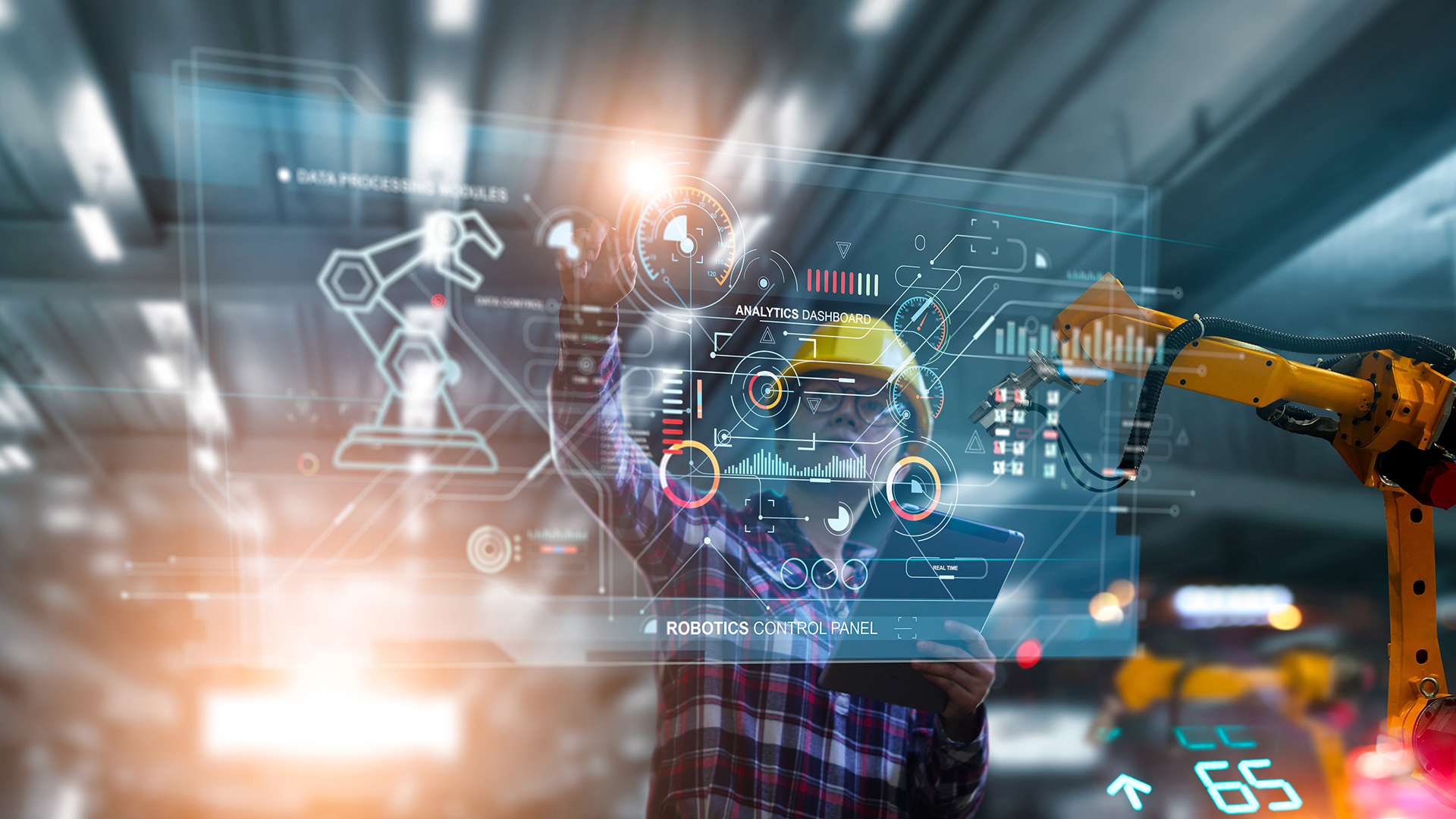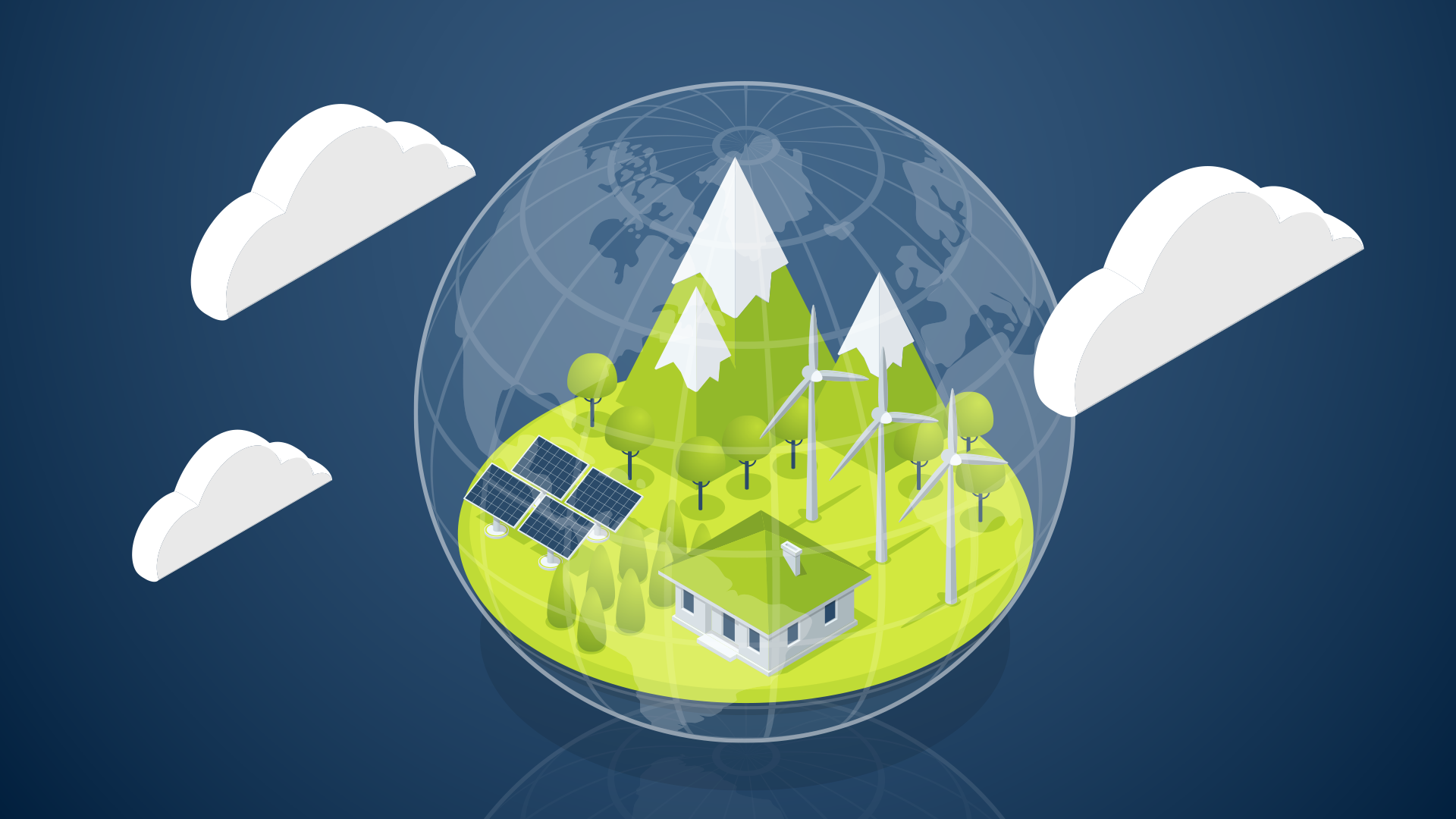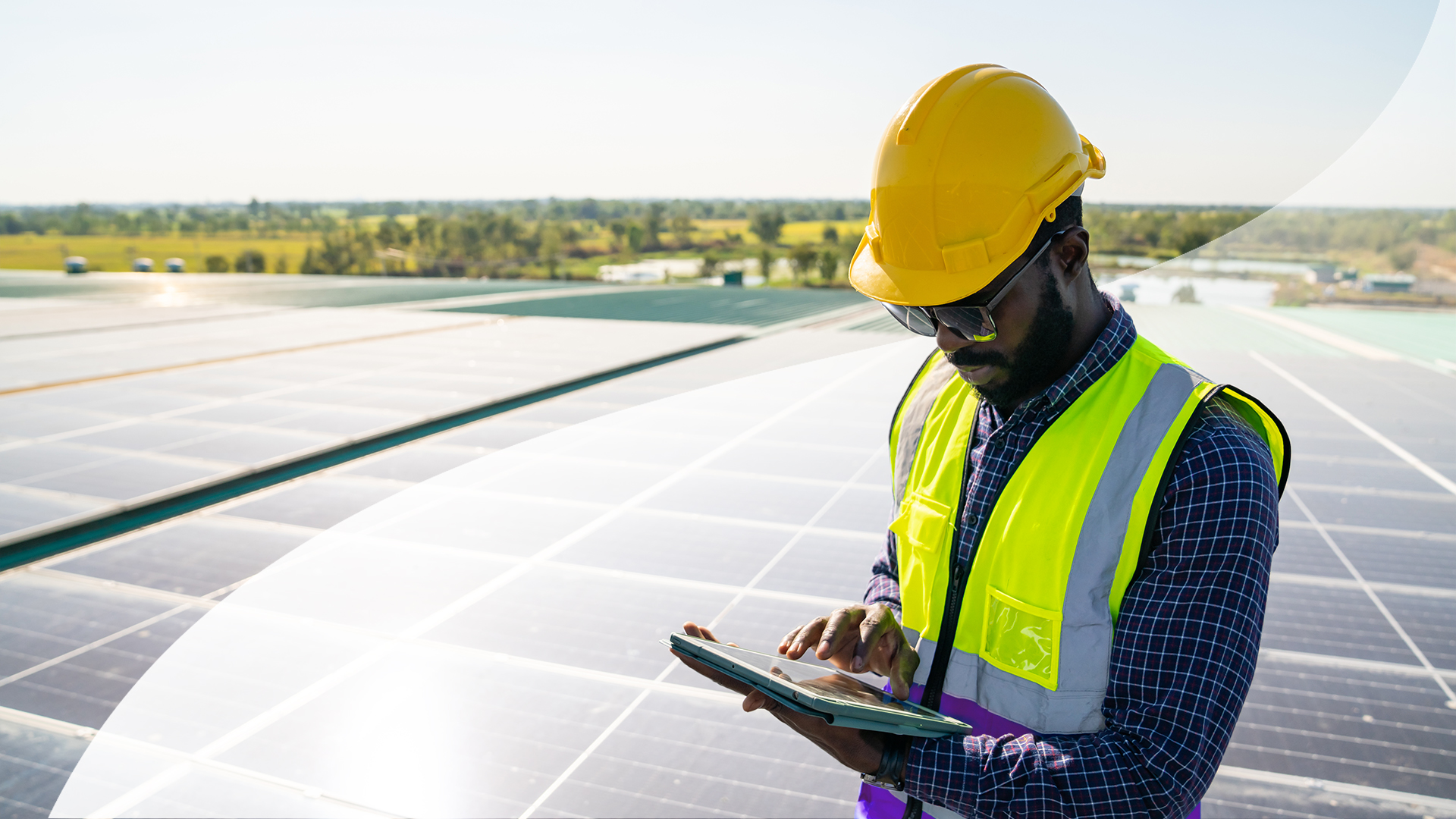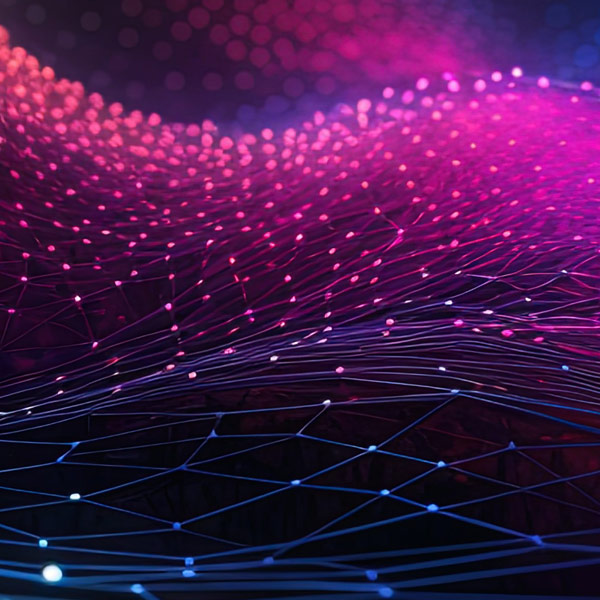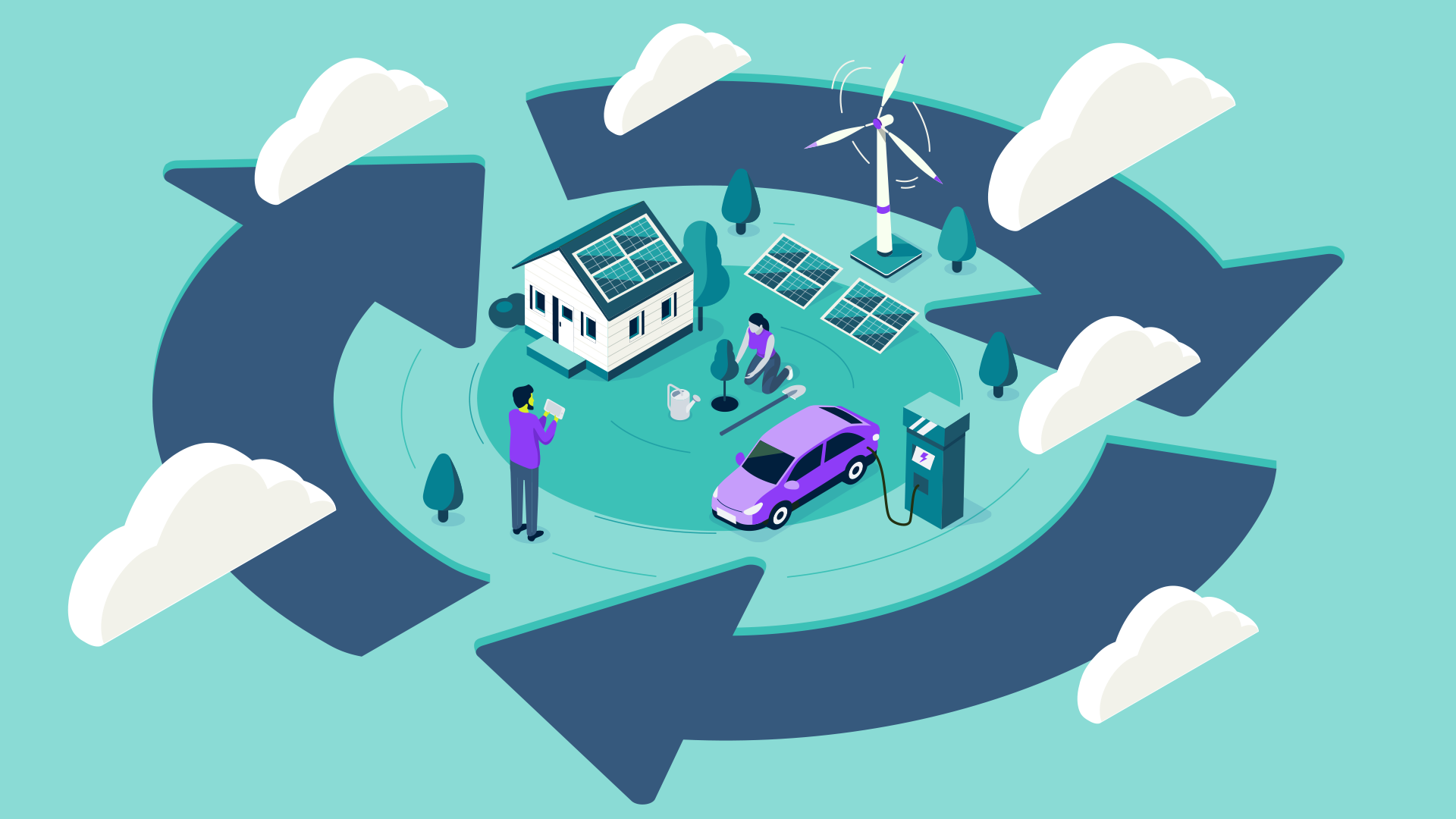
IoT is a key enabler of sustainability and is essential to establishing a circular economy. As the world becomes increasingly digitized, and more focused on creating good throughout improved and sustainable practices, the time to act is now... if you haven't already that is...
IoT (Internet of Things) solutions are used globally to support a more sustainable future by connecting the world. On land and in the oceans, IoT devices help organizations understand wildlife and the environment, enabling society to act more responsibly. With knowledge comes the ability to prevent and reverse damage to our planet and its inhabitants through smarter actions, smarter production, and smarter consumption.
The United Nations' Sustainable Development Goals (SDGs) are a collection of 17 interlinked global goals designed to be a "shared blueprint for peace and prosperity for people and the planet, now and into the future." The SDGs were set up in 2015 by the United Nations and are intended to be achieved by 2030. The SDGs emphasize the interconnected environmental, social, and economic aspects of sustainable development by putting sustainability at their center.
While IoT can be and is linked to all 17 SDGs, a strong correlation can be seen between the above highlighted goals and IoT projects. From reducing emissions and energy consumption to improving process efficiencies and decreasing waste, those companies that embrace IoT early will help make for a better tomorrow. IoT enables organizations to achieve all this and more through remote equipment monitoring and predictive maintenance, leading to reduced equipment downtime, resulting in lowered CO2 emissions and optimized operations. Companies that adopt these practices early will see improved production performance and quality outputs, improving customer satisfaction, and directly impacting bottom line revenues.
Sustainability, connected customer experiences, and efficient, clean processes become the drivers for disruption. Equipment manufacturers that have not adopted IoT for a sustainable future, will be competing against companies that are constantly innovating, diversifying their offerings, and attracting new customers, with a focus on creating a sustainable future in an increasingly connected world.
IoT enables manufacturers to gain valuable insights into equipment health and use, enabling proactive measures to extend the equipment's useful life while reducing total cost of ownership. With measures in place to track the sources of sustainable materials and components, IoT allows enterprises to depart from the wasteful nature of the linear economy and move towards the goal of a sustainable circular economy. IoT's role cannot be underestimated.
According to a recent study by the World Economic Forum, only 9% of extracted materials are currently being reused, and 62% of global greenhouse gasses are emitted during extraction, processing, and production of goods. As a result, our planet's resources are undergoing significant strains, which can be reduced via a circular economy.
A circular economy can be defined as a framework that tackles global challenges like climate change, waste, pollution, and biodiversity loss, moving us away from a single use to renewed use. As described by the Ellen MacArthur Foundation, the framework involves designing out waste and pollution, keeping products and materials in use, and regenerating natural systems. The idea is to stop the "take-make-dispose" linear economic model and replace it with the "make-use-recycle" circular economic cycle.
Using things longer can be seen as a key part in the circular economy world, meaning that we replace things less frequently, thereby lowering the need for new materials. This isn't as simple as it sounds though and understanding how to maximize the value of a product and its materials post-consumption is critical for a circular economy to work and be viable for organizations to contribute.
This framework is gaining traction, providing people with the goods and services they need, while minimizing the impact on the planet. IoT is pivotal in providing the necessary connections required in the design and build process. This step is instrumental in connecting your equipment to field service technicians and equipment manufacturers who monitor this equipment. The equipment managers play a significant role in the process, providing guidance regarding equipment health, specific repair or part replacement needs, and updates, or periodic maintenance needs based on historical data. Adopting these practices will greatly reduce the first call repair rate, which has enormous repercussions on carbon footprint, energy use, and an organization's overall sustainability landscape, enabling the move towards a circular economy.
Enabling your path to sustainability
Software AG's solution portfolio in combination with our IoT & Analytics solutions, Cumulocity IoT, enables organizations to answer all sustainability related use cases—transforming processes to create a sustainability-focused organization, adhering to changing regulations, integrating environmental data, or connecting the physical and digital worlds. Monitoring and maintaining connected devices remotely to reduce energy output and reducing emissions are just a part of the larger puzzle to improve the world in which we live in.
Whilst working towards simplifying the connected world for a more sustainable future, IoT is well positioned to steer organizations onto the right path. With IoT and a completely sustainability-focused portfolio, organizations can:
- Work towards a more sustainable world (sourcing responsibly, lowering energy usage, improving process efficiencies, reducing emissions, and more...).
- Better differentiate products, and create new revenue streams from service contracts, which in turn decreases costs for maintenance services by avoiding unexpected downtime and improves customer satisfaction by having a better understanding of your equipment's performance.
- Enable sustainability reporting to meet sustainability goals for internal and external stakeholders alike.
- Gain a better understanding of how to maximize the value of a product and its materials.
As I mentioned, the connection of the physical and digital worlds is but a piece of a larger puzzle, and in the Manufacturing, and Energy and Natural Resources spaces, the Internet of Things continues to be, and is expected to continue emerging, as the key enabler and contributor of sustainability.
Stay tuned for our upcoming blogs that will take a deeper dive into IoT maturity and sustainability, the different associated cases, and how Software AG's customers are reshaping our world with the implementation of these use cases.


